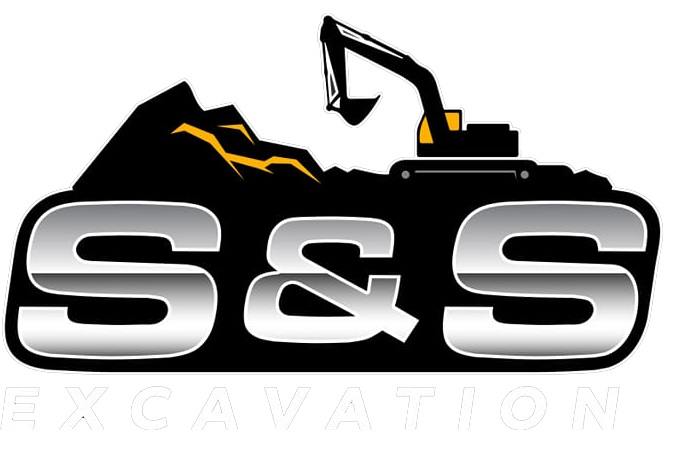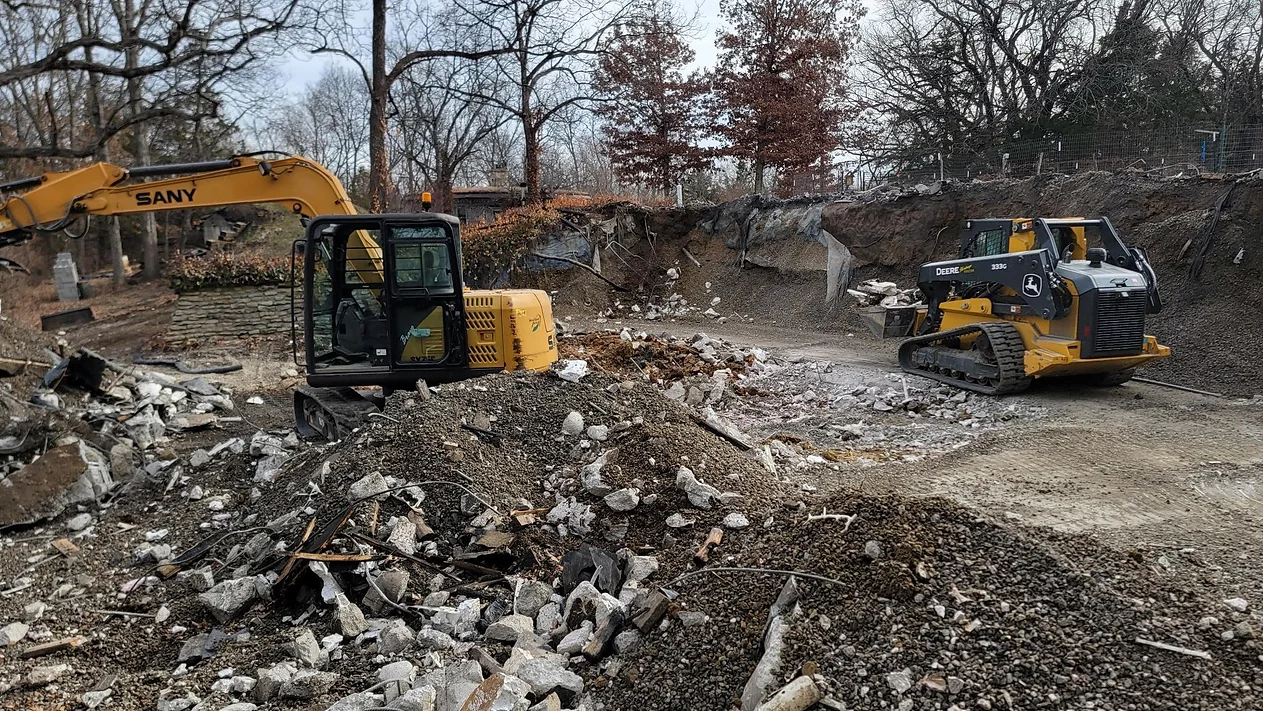What is Excavation? A Comprehensive Definition
Excavation Definition & Meaning
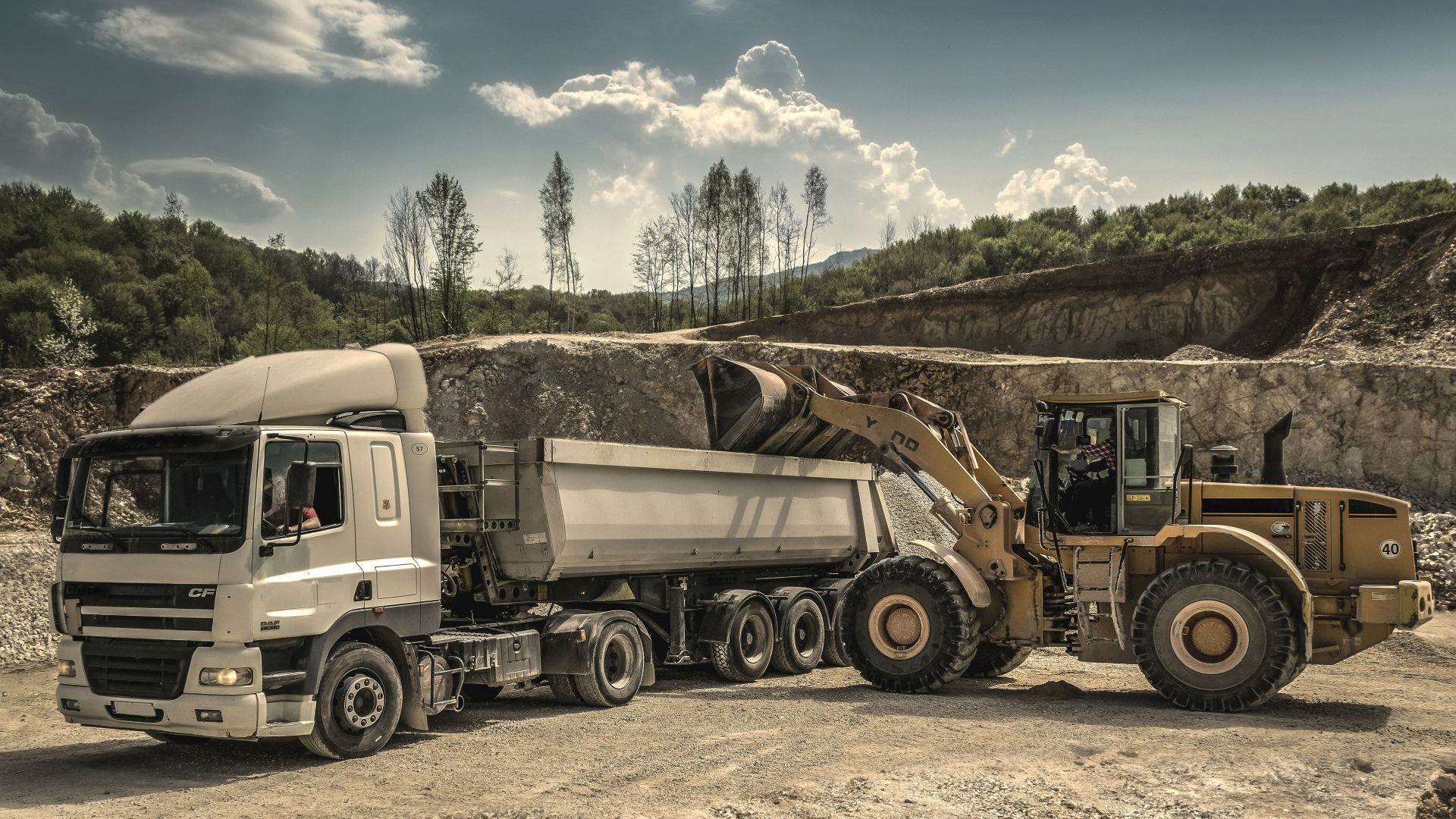
The term 'excavation,' while commonly associated with the scientific discipline of archaeology, holds broader implications and applications in fields such as construction and geology. This process involves the careful extraction and documentation of material from the ground, playing a pivotal role in uncovering historical artifacts, laying the foundation for buildings, or excavating valuable geological specimens.
Read more
Contact usAs technology advances, the methodologies employed in excavation see continuous evolution, enhancing precision and minimizing invasiveness. By exploring the multifaceted definition and meaning of excavation, we can gain a deeper understanding of its crucial role in our world.
Understanding Excavation
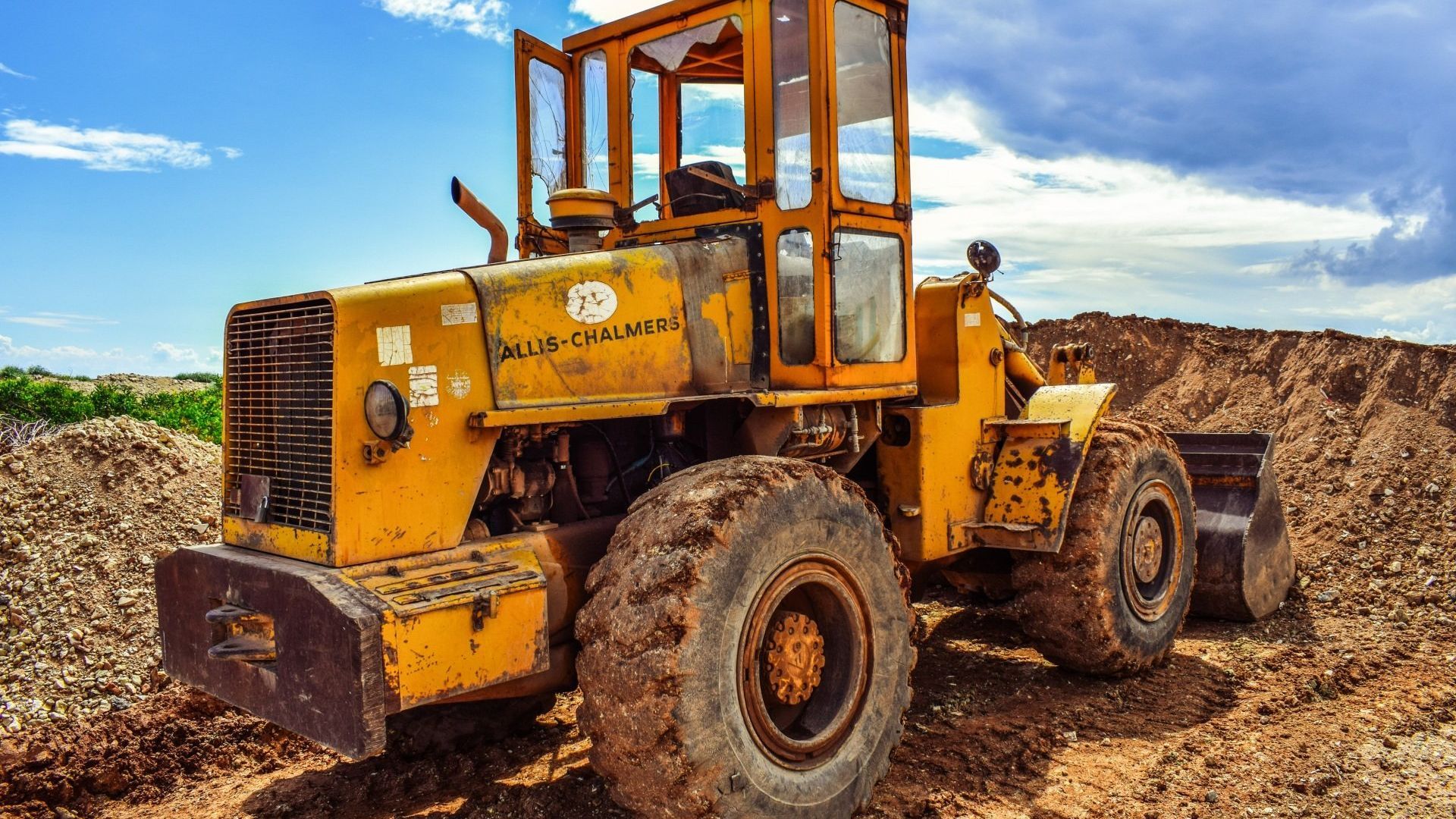
Excavation, often synonymous with digging, unearthing,
removal, extraction, and dredging, refers to the systematic process of cutting into the ground to form a cavity or scoop out material, often with the objective of uncovering buried items. This process has both practical applications and cultural significance, and it has been transformed by modern innovations, though environmental concerns and historical implications are also pertinent.
Read more
Contact usPractical applications of excavation include construction and mining. In these industries, the process facilitates the removal of soil or rock to create space for infrastructures or extract valuable minerals. Cultural significance is attached to excavation in archaeology, where it aids in unearthing artifacts or structures of historical importance, providing insights into past civilizations and cultures.
Modern innovations have significantly improved the efficiency and precision of excavation. Technologies such as GPS and remote sensing have enabled more accurate locating of excavation sites, while machinery like hydraulic excavators and backhoes have increased the speed of the process.
However, excavation also raises environmental concerns. The removal of soil or rock can disrupt ecosystems, leading to habitat loss and soil erosion. It can also contribute to pollution if hazardous materials are unearthed.
The historical implications of excavation are profound. It allows us to uncover the past and gain a better understanding of human history. Despite the potential environmental impact, excavation is often seen as a necessary process for advancing our knowledge of the world's history and for enabling progress in industries like construction and mining.
Origins of Excavation
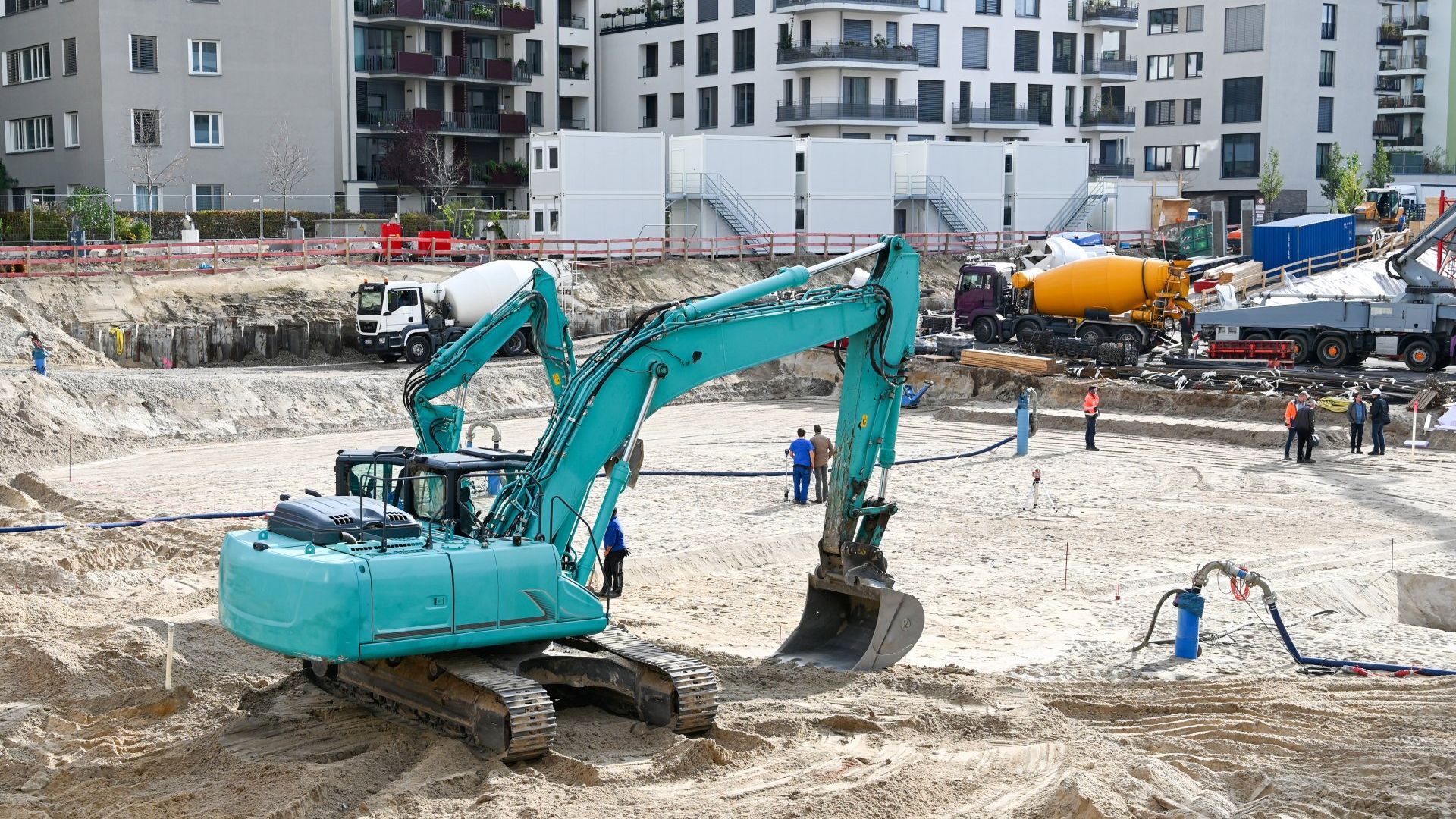
While understanding the process and implications of excavation is important, it's equally crucial to trace back its roots and explore the origins of this practice.
Excavation is a practice that has been integral to human civilization development, with its origins explored in various ancient cultures worldwide.
Read more
Contact usThese ancient societies utilized primitive excavation techniques to construct dwellings, locate water sources, and create tools. Over time, these techniques evolved, paving the way for more complex structures and informed the excavation safety measures we use today. These safety measures, developed from centuries of experience and knowledge, now ensure the well-being of those involved in the process.
Archaeology, a field rooted in excavation, has made numerous historical excavation discoveries, shedding light on human history, culture, and evolution. From Egyptian pyramids to the Terracotta Army of China, these discoveries illustrate the importance of excavation in understanding our past.
Excavation has also carved numerous career opportunities, not only in archaeology but also in fields like construction, mining, and civil engineering. Professionals in these fields require extensive knowledge of excavation techniques and safety measures. They are often involved in significant projects, such as building infrastructures, exploring mineral resources, or unearthing historical artifacts.
Synonyms for Excavation
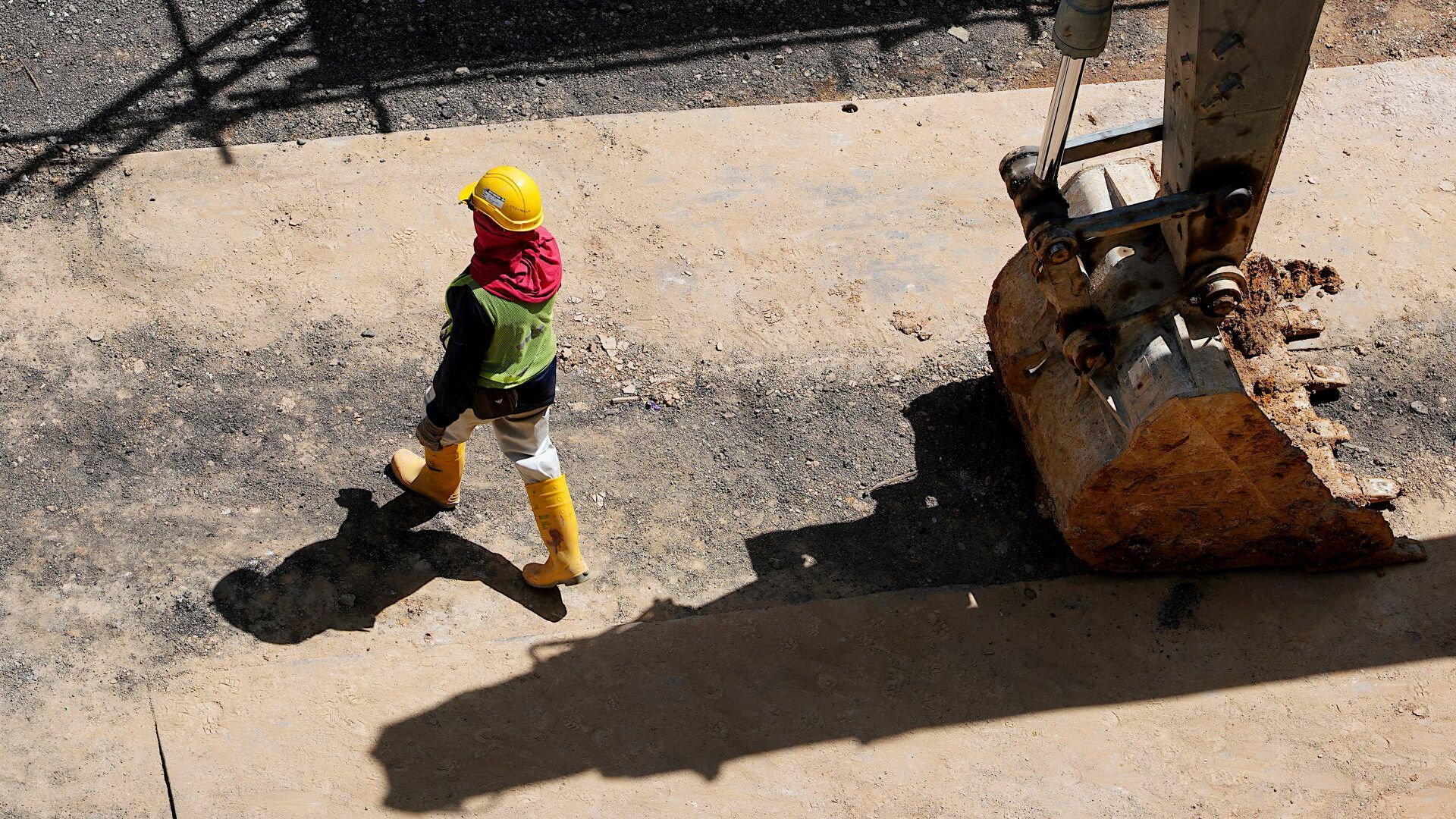
In the realm of language, various terms can be used interchangeably with 'excavation', enriching our vocabulary and offering nuanced perspectives on this fundamental activity.
Synonyms for excavation include digging, unearthing, removal, extraction, and dredging. Each of these terms, while essentially referring to the same process, can bring with it particular connotations and applications.
Read more
Contact usFor instance, 'digging' is a term that holds archaeological significance, as it is commonly used to describe the process of uncovering ancient artifacts or structures. 'Unearthing', on the other hand, can refer to the bringing to light of elements that have long been hidden or unrecognized, a term that carries with it geological implications and historical context.
The term 'removal' can be associated with engineering applications, as it generally describes the act of taking away or eliminating something, often in the context of construction or industrial processes. 'Extraction' is another term that is largely used in engineering and industrial contexts, but can also refer to the process of taking out natural resources from the earth, hence its relevance to environmental considerations.
Excavation Process Detailed
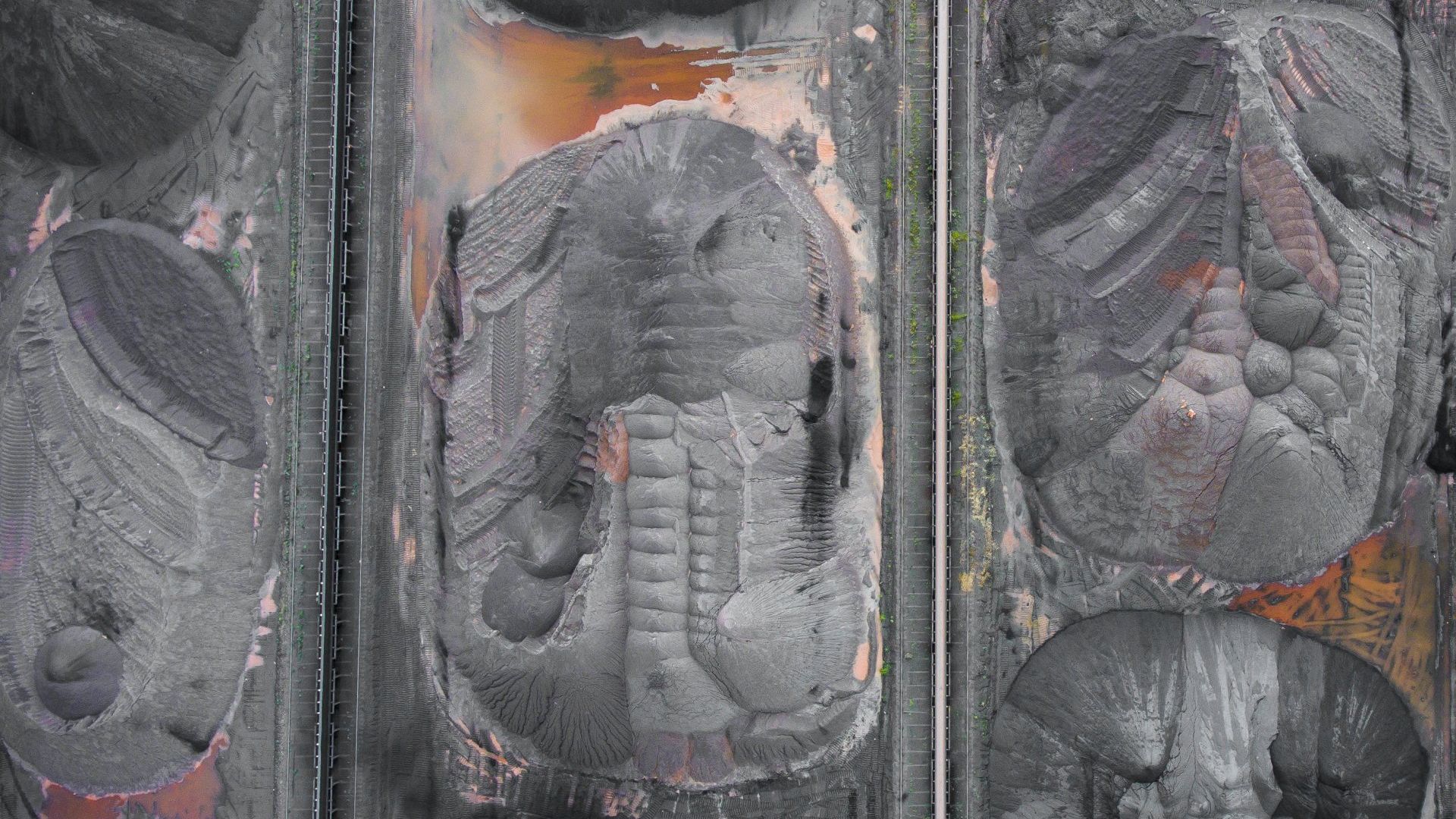
Building on the understanding of the various synonyms for excavation, it is crucial to elaborate on the intricate process this term encapsulates. Excavation, in its essence, involves the
systematic removal of soil and other materials using a variety of excavation tools and techniques. The process is often undertaken to uncover archaeological artifacts or geological formations, leading to significant excavation discoveries that can shed light on historical societies or the Earth's past.
Read more
Contact usThe excavation process begins with a careful survey to determine the precise location for the dig. This is followed by the careful removal of soil layer by layer, a technique known as stratigraphic excavation. Throughout this process, excavation safety is of paramount importance. Measures such as shoring up walls to prevent collapses, wearing appropriate safety gear, and maintaining a secure perimeter around the excavation site are critical.
Excavation techniques vary depending on the nature of the material being excavated, the purpose of the excavation, and the conditions of the site. For example, open-area excavation is utilized in areas where large horizontal spaces need to be uncovered, while vertical excavation is employed when digging deep into the ground.
The impacts of excavation are manifold, extending beyond the uncovering of artifacts or geological features. It can lead to a better understanding of history and culture, influencing scholarly research, education, and heritage management. However, it can also have negative impacts, such as damage to the natural environment and disruption to local communities. Therefore, responsible practices and strict adherence to ethical guidelines are essential in excavation processes.
Tools Used in Excavation
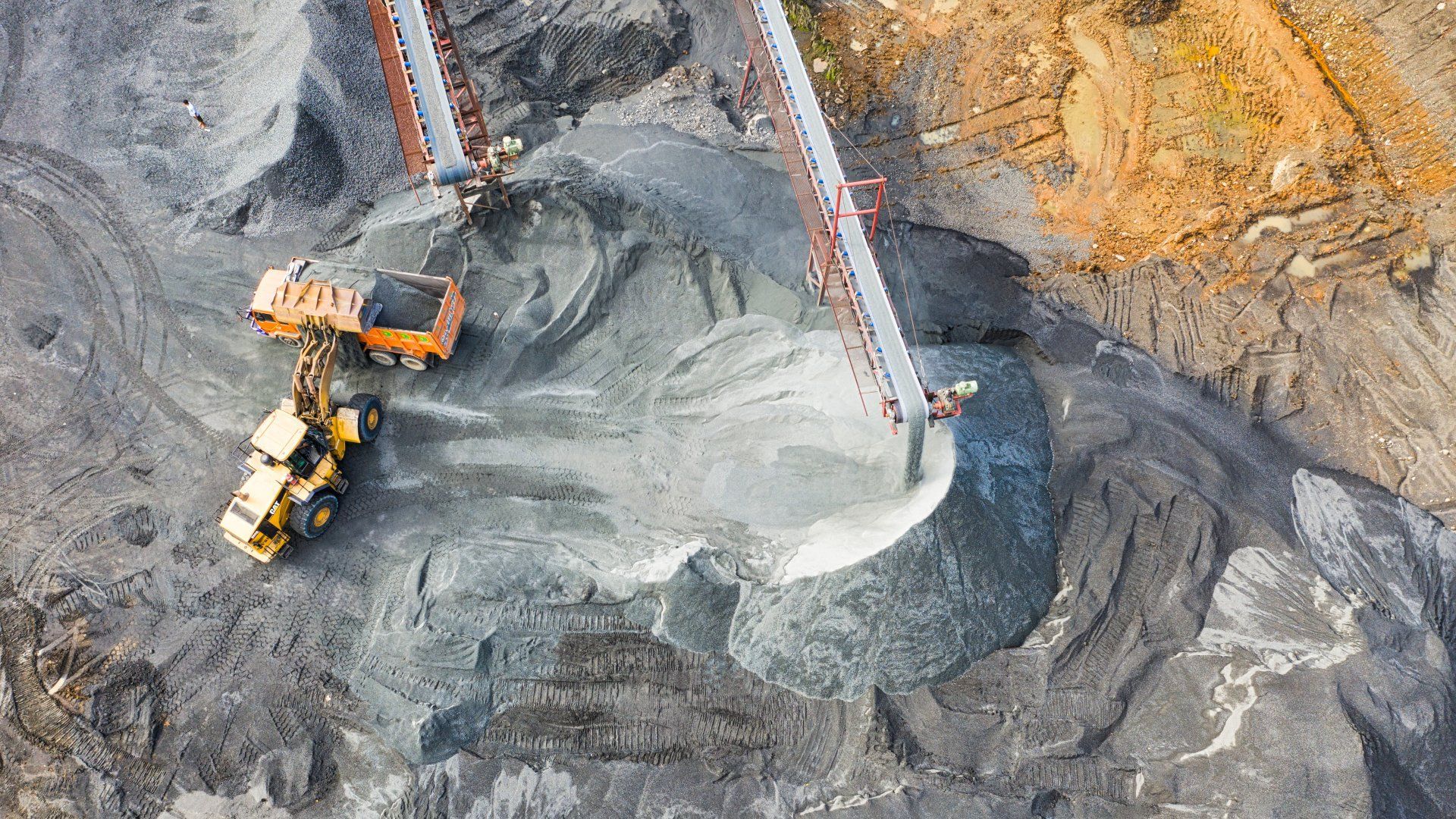
A plethora of specialized tools, ranging from small hand tools to heavy machinery, are employed in the process of excavation to ensure precision, safety, and efficiency. The choice of excavation tools depends largely on the nature and scope of the project at hand. Innovations and advancements in excavation tools have significantly improved the precision and efficiency of excavation processes. For example, modern excavation equipment— such as
hydraulic excavators and backhoe loaders— often include advanced technology to enhance performance and durability.
Read more
Contact usHowever, traditional tools like shovels, trowels, and pickaxes still hold their place in certain contexts, particularly in archaeological excavations where a delicate approach is required. This highlights the continuing relevance of traditional excavation techniques, although modern approaches are becoming increasingly popular due to their enhanced efficiency and safety features.
Excavation safety is paramount, guided by a set of best practices and regulations designed to protect workers and prevent accidents. These include the use of safety gear, regular inspection of equipment, and proper training in handling machinery.
Nonetheless, excavation work is not without its challenges. Environmental considerations, such as the impact on local ecosystems, must be carefully managed. Logistical considerations, such as access to the site and disposal of excavated material, also present significant challenges.
Types of Excavation
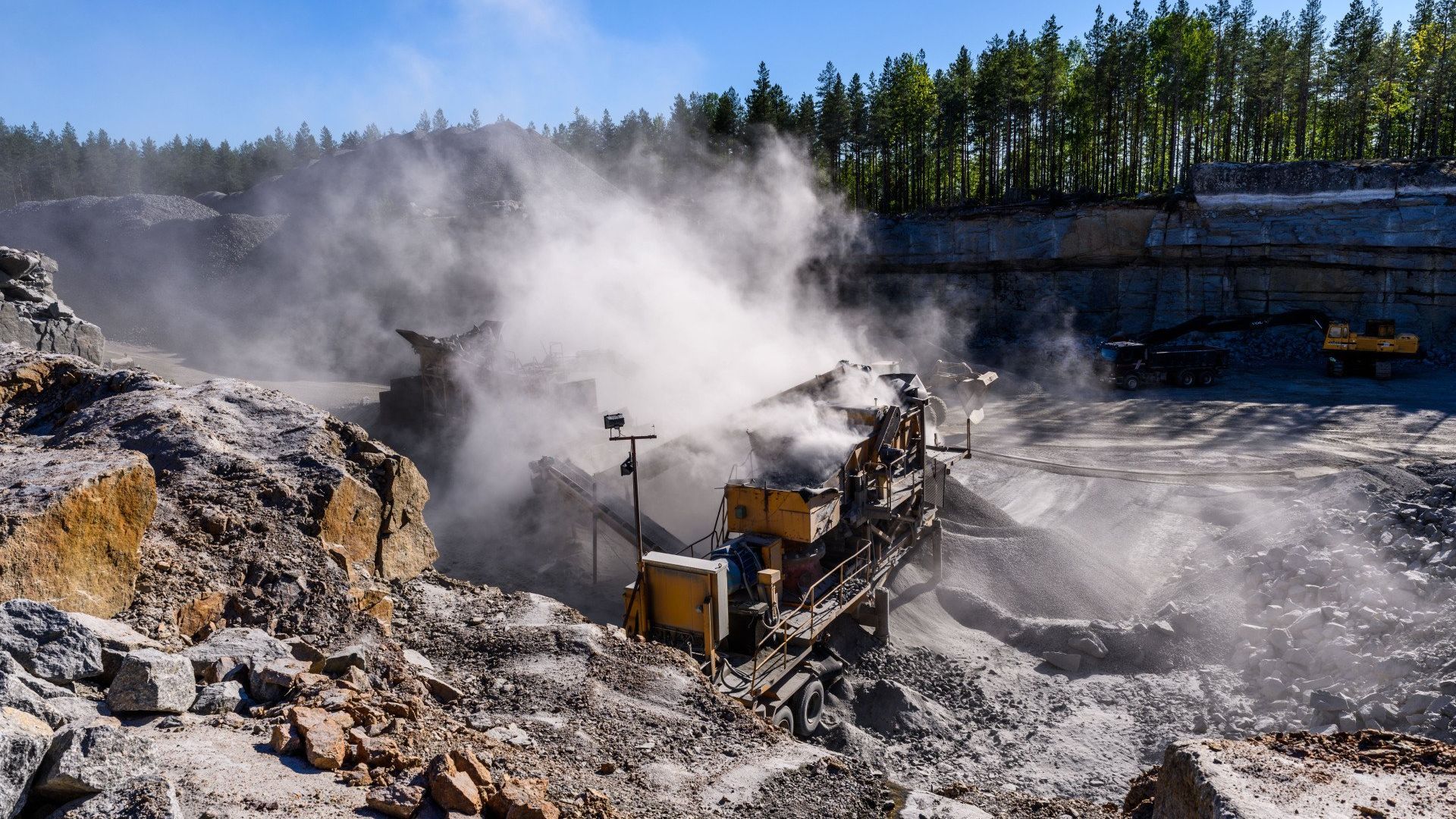
What are the different types of excavation, you may wonder? To answer this, it is critical to understand that excavation is not a one-size-fits-all process. The type of excavation employed largely depends on the project at hand, the location, and the material being excavated.
Read more
Contact usThe first type is topsoil excavation, often used in construction, where the topmost layer of soil is removed to make way for buildings or other structures. This process requires precise excavation tools and techniques to prevent unnecessary environmental impact and ensure excavation safety.
Next is rock excavation, which involves removing solid or semi-solid rock. This type is considered the most challenging due to the hardness of the material and the specialized, heavy-duty excavation tools required. Safety is paramount here due to the potential for landslides or rockfalls.
Then there is muck excavation, where soil and water mix to form 'muck'. This type needs careful handling to prevent the material from spreading and causing potential harm to the environment.
Earth excavation is another type, typically used for creating embankments and foundations. It involves removing the layer of soil beneath the topsoil, using various excavation techniques to ensure stability and safety.
Lastly, there is unclassified excavation, which includes all materials like rock, soil, and muck. This type is common in projects where various materials are encountered simultaneously.
Each excavation type has its own challenges, and the choice depends on the project's specifics. Excavation discoveries, while exciting, must be handled with care to preserve their integrity. The impact of excavation, both on the environment and the surrounding community, must always be considered to ensure sustainable and ethical practices.
Excavation in Archaeology
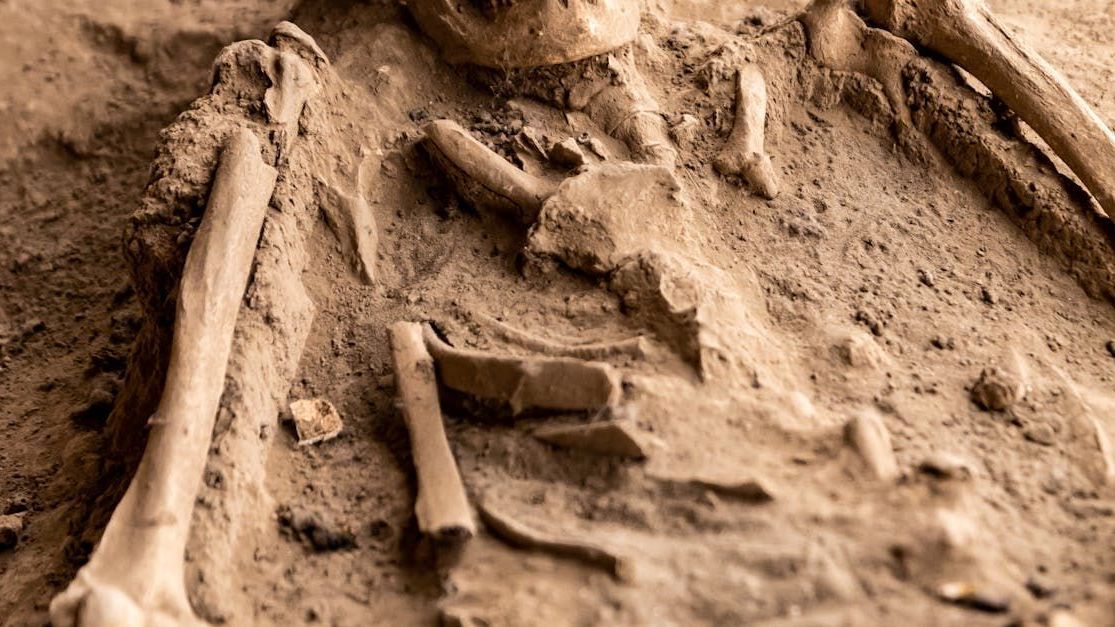
In the realm of archaeology, excavation plays a crucial role in unearthing and preserving invaluable historical artifacts and structures from the depths of the past. This process involves a meticulous blend of archaeological techniques and the use of specialized excavation tools. The goal is not only to uncover historical discoveries but also to contribute to cultural preservation and site preservation efforts.
Read more
Contact usThe archaeological techniques employed during excavation are numerous and vary depending upon the specific nature of the site and the historical context. These techniques range from stratigraphic excavation, where layers of earth are removed in sequence, to open-area excavation, which is typically used for larger, more complex sites. In all cases, archaeologists document the exact location and position of artifacts and features, a practice known as provenience, to provide context to their findings.
Excavation tools form an integral part of the process. Trowels, shovels, brushes, and sieves are commonly used, along with more advanced equipment such as ground-penetrating radar for non-intrusive surveys. These tools aid in the careful unearthing of historical discoveries, from ancient pottery shards to monumental structures, providing invaluable insights into past civilizations.
However, excavation is not only about revealing the past. It also plays a vital role in cultural preservation. By carefully extracting and documenting artifacts, archaeologists can help to preserve the cultural heritage of societies. Similarly, site preservation efforts are undertaken to protect these archaeological sites from degradation, ensuring they remain for future generations to study and appreciate. These practices underscore the importance of excavation in understanding and preserving our shared human history.
Excavation in Construction
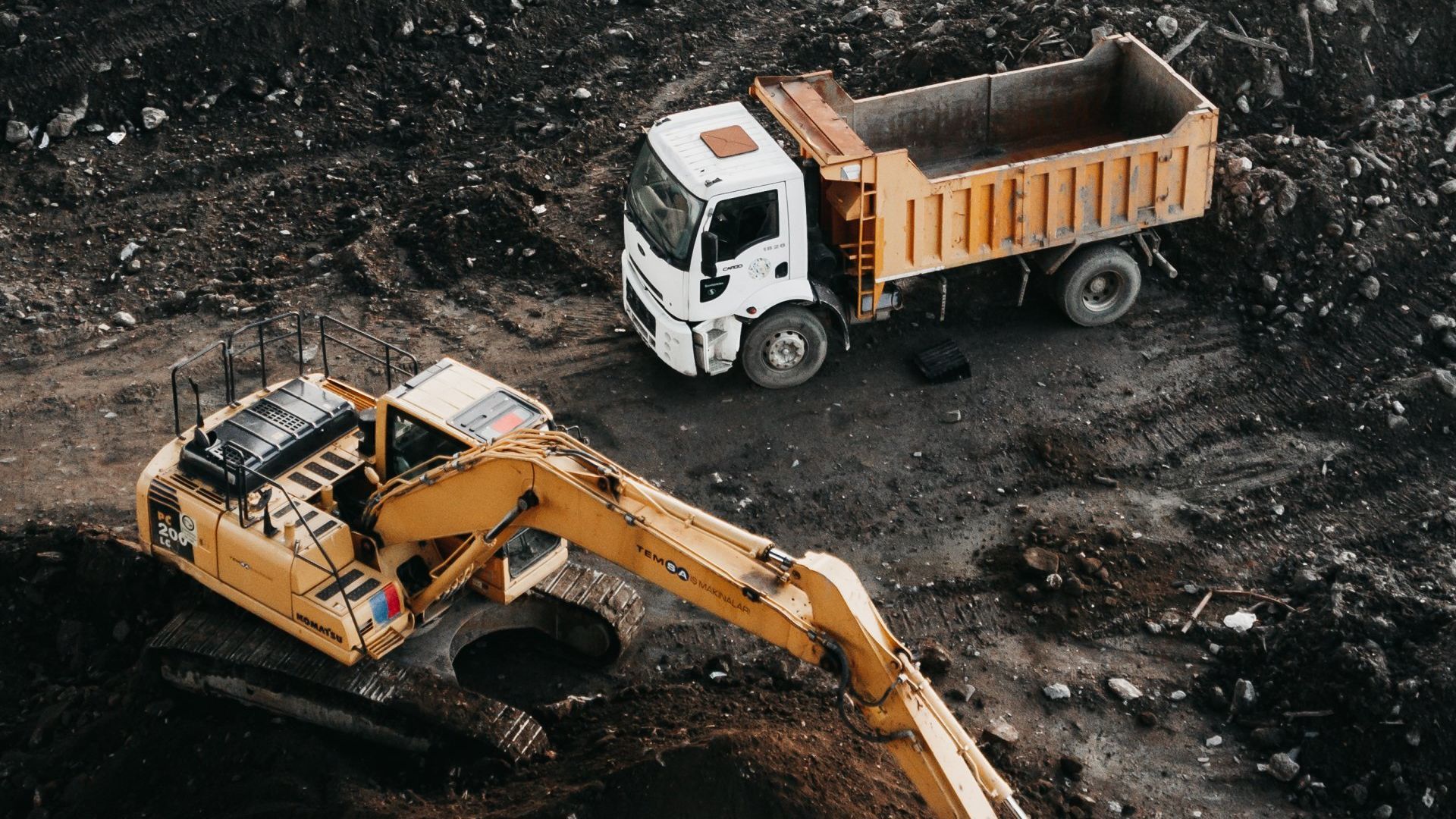
Just as it holds immense significance in archaeology, excavation also plays an instrumental role within the construction industry, serving as a critical preliminary stage in many building projects. This process involves the careful removal of earth to form a cavity or trench, paving the way for the creation of a solid foundation for structures such as buildings, bridges, and roads.
Read more
Contact usOne of the key elements of excavation in construction is the use of appropriate excavation equipment. This includes, but is not limited to, backhoes, bulldozers, and excavators, which are designed to efficiently break ground and remove soil, rock, and other materials. The use of modern, reliable equipment significantly contributes to excavation safety, reducing the risk of accidents and enhancing productivity.
Moreover, implementing effective excavation techniques is vital in ensuring the stability of the excavated area and preventing potential collapses. These techniques vary depending on several factors such as soil type, excavation depth, and environmental conditions.
Excavation in construction is also governed by strict excavation regulations. These laws and guidelines are set by local and international bodies to ensure safety, protect the environment, and uphold construction standards.
Lastly, excavation challenges often arise in the form of unforeseen site conditions, such as buried utilities, ground water, unstable soil, or archaeological finds. These issues require swift and appropriate solutions to prevent delays and additional costs.
Safety Measures in Excavation

Adhering to stringent safety measures during excavation processes is paramount to protect workers, prevent accidents, and maintain operational efficiency. Implementing comprehensive safety protocols is the first step to ensuring a secure environment. These protocols encompass various preventive measures such as detailed hazard identification and risk assessment.
Read more
Contact usHazard identification involves the meticulous examination of the excavation site to pinpoint potential risks which could include unstable soil, underground utilities, or hazardous substances. Once these hazards are identified, an exhaustive risk assessment is conducted to evaluate their severity and likelihood of occurrence. This assessment helps to devise appropriate control measures to mitigate these risks and ensure the safety of all personnel involved in the excavation process.
The use of appropriate protective equipment is another crucial aspect of excavation safety. Workers should be equipped with necessary gear such as hard hats, safety boots, high-visibility clothing, and gloves to protect against physical injuries. Depending on the nature of the excavation, other specialized equipment may also be required, such as respiratory protective devices in cases where hazardous gases may be present.
In addition to these precautions, a well-planned emergency response protocol is essential. This protocol should outline procedures for evacuations, rescue operations, and immediate medical assistance, ensuring a swift response to any unforeseen incidents.
While these safety measures are comprehensive, they are not exhaustive. Continuous monitoring and frequent reassessments are necessary to ensure the effectiveness of these measures, and adjustments should be made as needed.
Overall, the importance of safety in excavation cannot be overstated, as it keeps workers safe and contributes significantly to the success of the excavation project.
Recognizing Excavation Sites
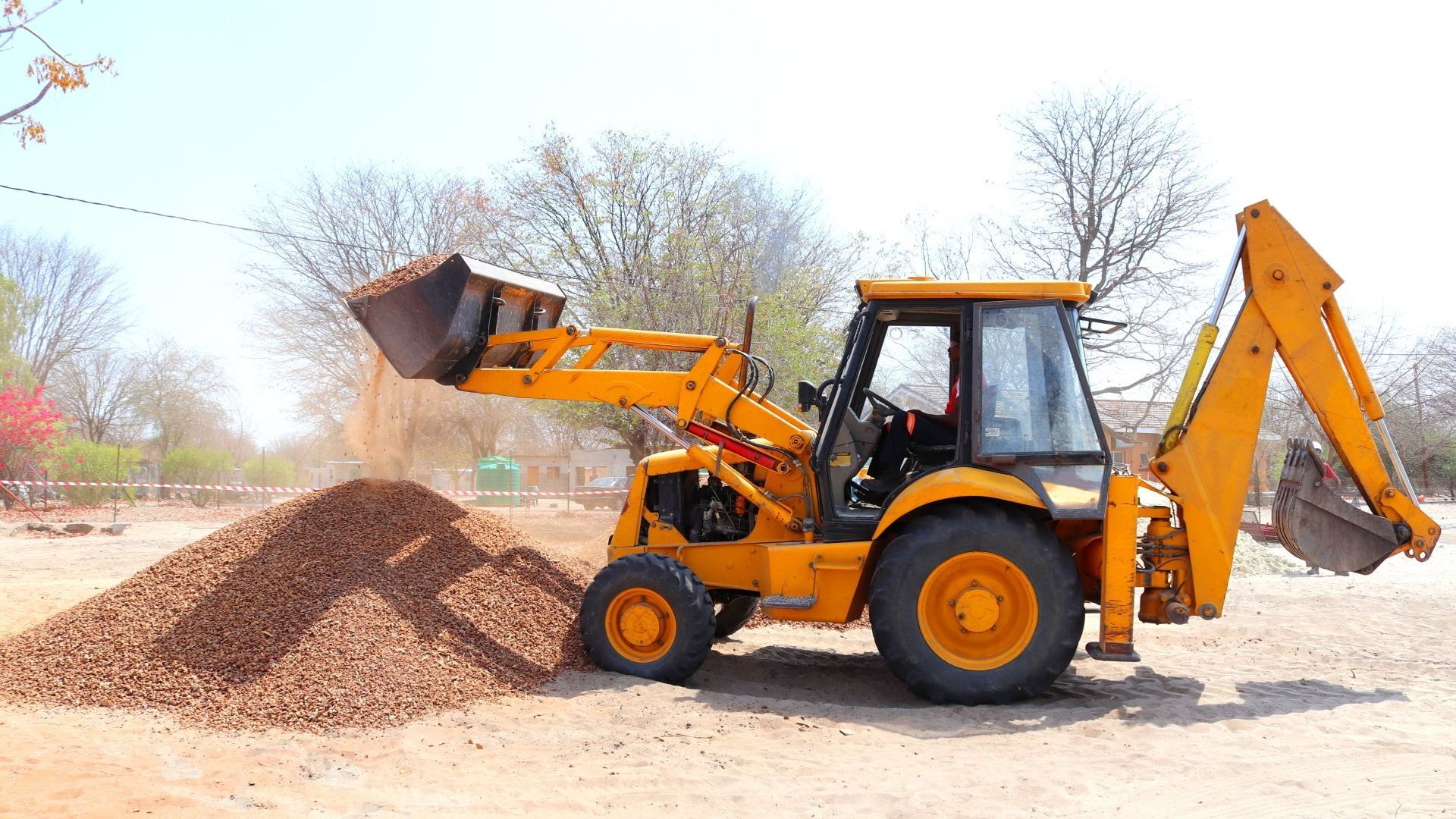
Recognizing excavation sites is a crucial skill in the field of archaeology, requiring a keen understanding of geographical features, soil composition, and potential signs of historical human activity. This process, known as site identification, involves a sophisticated blend of observation, analysis, and intuition.
Read more
Contact usSoil analysis plays a vital role in the identification of potential excavation sites. By examining the soil's physical and chemical properties, archaeologists can ascertain the likelihood of historical presence. Different soil types may suggest various historical contexts, such as agricultural activities, habitation sites, or burial grounds.
Artifact preservation is another significant aspect of recognizing excavation sites. Often, fragments of pottery, tools, or bones found on the surface can indicate a site's archaeological potential. Each artifact provides a tangible link to the past, offering invaluable insights into the lifestyle, culture, and activities of historical populations.
Excavation tools, such as trowels, brushes, and sieves, are used not only during the excavation process but also in the initial site recognition stages. These tools aid in the careful unearthing and examination of potential artifacts, allowing for a more refined understanding of the site's historical context.
The Role of Excavation
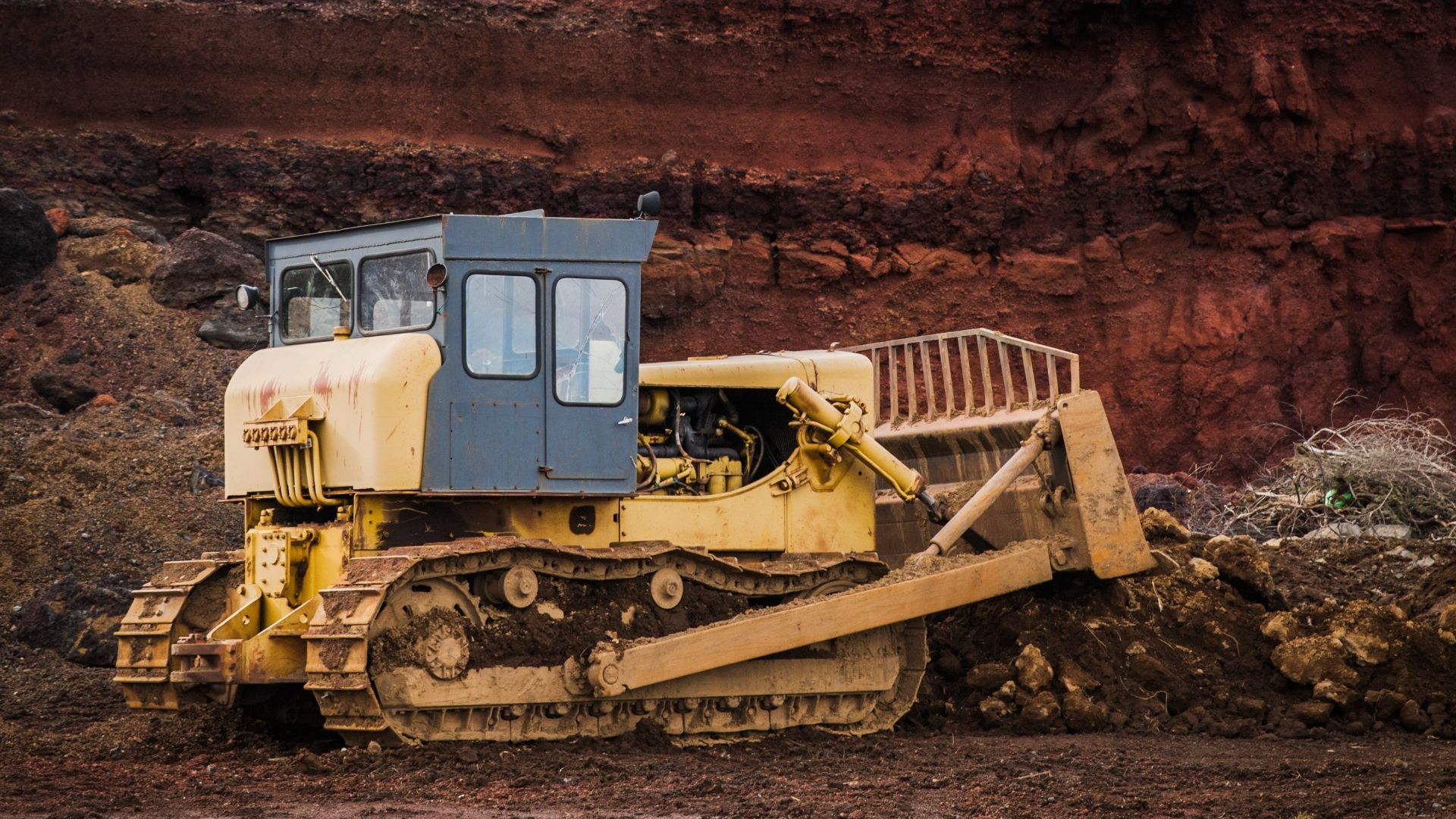
Excavation plays a pivotal role in various fields such as archaeology, construction, and geology, serving as a primary method for uncovering hidden or buried information. Its impact is manifold and transcends the mere physical act of digging into the earth.
Read more
Contact usFrom an economic perspective, excavation drives significant activities, especially in construction and mining industries. It facilitates the extraction of valuable minerals, laying of foundations, and the development of infrastructure, contributing to job creation and economic growth. However, these benefits do not come without environmental concerns.
Excavation can disrupt ecosystems, cause soil erosion and depletion of natural resources. Hence, sustainable practices and regulatory measures are applied to mitigate the adverse effects.
In the realm of cultural preservation, excavation holds immense significance. It enables archaeologists to unearth artifacts and remnants of past civilizations, providing invaluable insight into human history and cultural evolution. The archaeological significance of excavation is thus undeniable.
Technological advancements have transformed excavation processes, improving efficiency and accuracy while reducing human risks. Innovations like 3D modeling, remote sensing, and GPS mapping have revolutionized archaeological digs, environmental assessments, and construction projects.
In essence, the role of excavation is multifaceted. It is a catalyst for economic development, a tool for cultural preservation, a subject of environmental concerns, and a beneficiary of technological advancements. The balance between these aspects is crucial to harness its benefits responsibly and effectively, underpinning the ongoing importance of excavation in our contemporary world.
Excavation Techniques
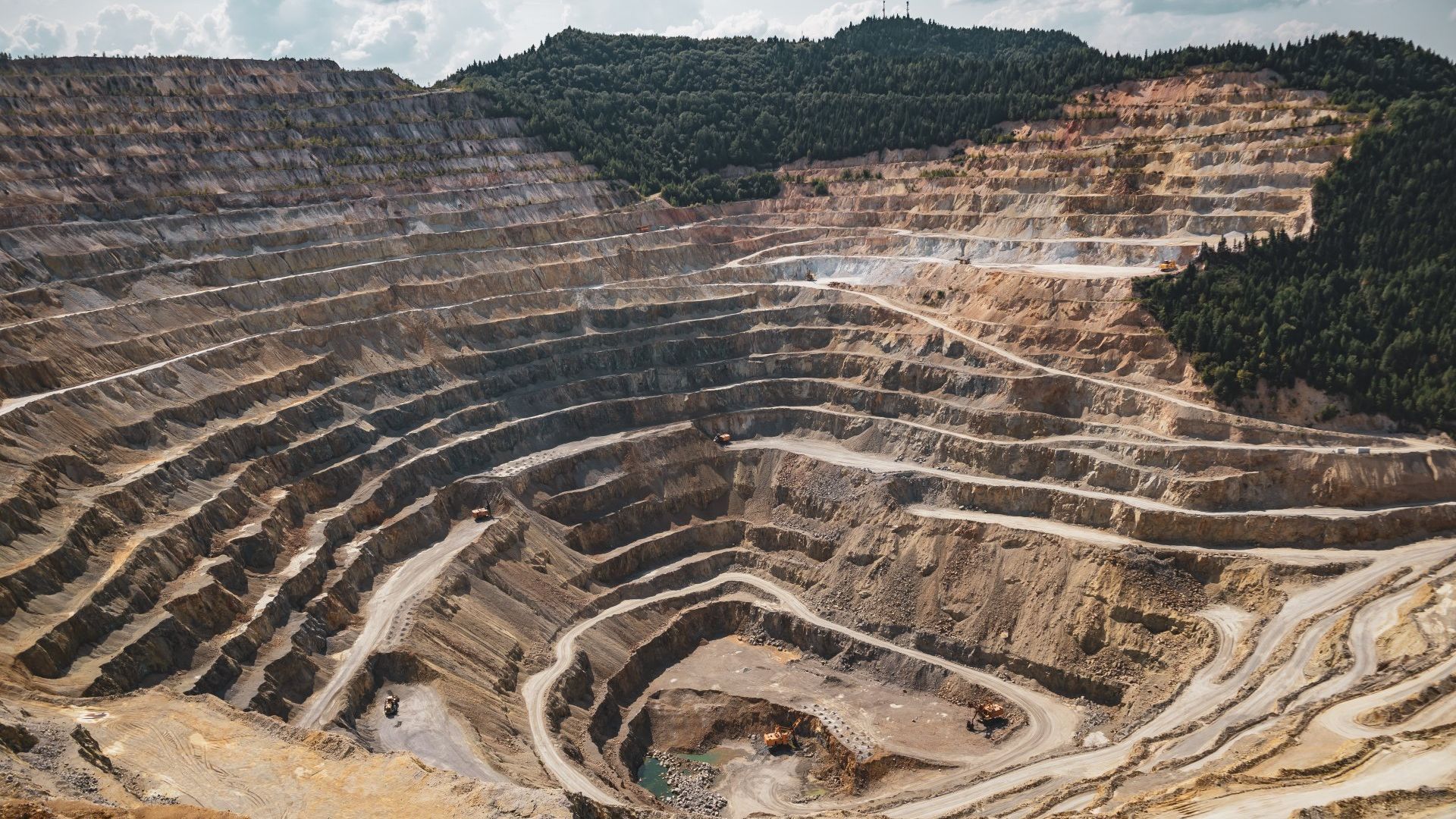
Given the significant role and impact of excavation in various fields, it is essential to understand the different techniques employed in this process. These techniques encompass five key aspects: excavation safety, excavation equipment, excavation best practices, excavation site management, and excavation project planning.
Read more
Contact usExcavation safety is a paramount concern in any digging operation. It involves the careful analysis and mitigation of potential risks through the use of safety gear, frequent inspections, and emergency preparedness plans. Proper training for personnel on handling machinery and recognizing hazards is also crucial.
The choice of excavation equipment highly depends on the nature and scale of the project. Common tools include shovels, pickaxes, and trowels for manual digging, and heavy machinery like bulldozers and backhoes for larger jobs. The correct use of these tools is vital for efficient and safe operation.
Excavation best practices refer to the accepted standards and procedures in conducting an excavation. These involve proper documentation, careful handling of artifacts, and appropriate disposal of excavated material.
Excavation site management involves controlling the overall progress of the project. This includes ensuring the correct usage of resources, maintaining the site's integrity, and providing clear communication lines among stakeholders.
Lastly, excavation project planning is the initial and perhaps most vital step. It involves determining the project's goals, budget, and timeline, as well as planning for potential obstacles. A well-prepared plan can significantly improve the execution and outcome of an excavation project.
Excavation in History

Throughout the course of human history, the practice of excavation has played an integral role in our understanding of past civilizations and cultures. Excavation techniques in ancient civilizations, for example, have provided invaluable insights into how societies built and structured their communities.
Read more
Contact usThese techniques, though rudimentary by today's standards, were effective in unearthing artifacts and structures, thus giving us a window into the past. The role of excavation in uncovering cultural heritage cannot be overstated. Each archaeological dig unearths a piece of human history, helping to fill in the gaps in our collective understanding of our ancestors.
Excavation has also had a significant impact on historical preservation. By carefully extracting and preserving artifacts from the past, we are able to safeguard our shared cultural heritage for future generations. The careful excavation methods used in architectural restoration, for instance, have allowed us to restore and maintain ancient buildings, monuments, and sites, preserving the craftsmanship and artistry of bygone eras.
However, excavation is not without its challenges, especially in remote locations. These areas can be hard to access and can present unique obstacles, such as harsh weather conditions, difficult terrain, or the lack of nearby resources and infrastructure. Despite these challenges, the pursuit of knowledge and the preservation of history drive archaeologists and researchers to continue their work.
Legal Aspects of Excavation

While the historical and practical aspects of excavation are significant, it is equally important to consider the legalities that govern the process, ensuring the preservation of cultural heritage and the protection of archaeological sites.
Read more
Contact usLiability issues often arise in the context of excavation work. These can stem from accidents, injuries, or even deaths that occur on the site. Parties involved in the excavation process could potentially be held liable for these incidents, highlighting the need for comprehensive risk assessments and safety protocols.
Permit requirements also play a pivotal role in the legal aspects of excavation. Before any digging can commence, the appropriate permits must be secured from the relevant authorities. This is to ensure that the proposed excavation will not infringe on protected land, disrupt historical sites, or cause undue environmental damage.
Property damage is another significant concern in excavation projects. If an excavation leads to damage such as undermining neighboring structures or causing subsidence, the party responsible for the excavation might face legal repercussions. Additionally, they may be required to compensate the property owner for any losses incurred.
Insurance coverage is essential to manage these risks. The right insurance policy can protect against potential liability claims, cover the cost of property damage, and ensure that the financial burden of unforeseen incidents does not derail the excavation project.
Famous Excavation Discoveries

Numerous excavation endeavors around the world have led to remarkable discoveries, shedding light on ancient civilizations and changing the course of historical understanding. These notable discoveries have unveiled historical artifacts and archaeological finds that were once mysteries, waiting to be unearthed.
Read more
Contact usOne of the most iconic excavation discoveries is King Tutankhamun's tomb, discovered in Egypt's Valley of the Kings by Howard Carter in 1922. This discovery revealed a nearly intact burial chamber filled with treasures and artifacts, providing invaluable insights into the life, culture, and death rituals of the ancient Egyptians.
Across the globe, the terracotta warriors' excavation site in Xi'an, China, is another testament to the power of archaeology. Unearthed in 1974, this army of thousands of life-size clay soldiers, horses, and chariots buried with Emperor Qin Shi Huang, has offered a unique glimpse into the grandeur and military organization of the Qin Dynasty.
In North America, the mysterious ancient civilization of the Maya has been revealed through various archaeological finds. The excavation of the ancient city of Palenque in Mexico has unveiled intricately carved stone structures and inscriptions that shed light on the Mayan political, social, and religious practices.
In the UK, the Sutton Hoo ship burial excavation unearthed a wealth of Anglo-Saxon artifacts, illuminating the early medieval period's cultural richness. These remarkable finds, including a helmet, gold and garnet jewelry, and Byzantine silverware, significantly enhanced understanding of the period's artistic sophistication and international connections.
These are just a few examples of how excavation mysteries have been solved, leading to a deeper understanding of our shared human history.
Environmental Impact of Excavation
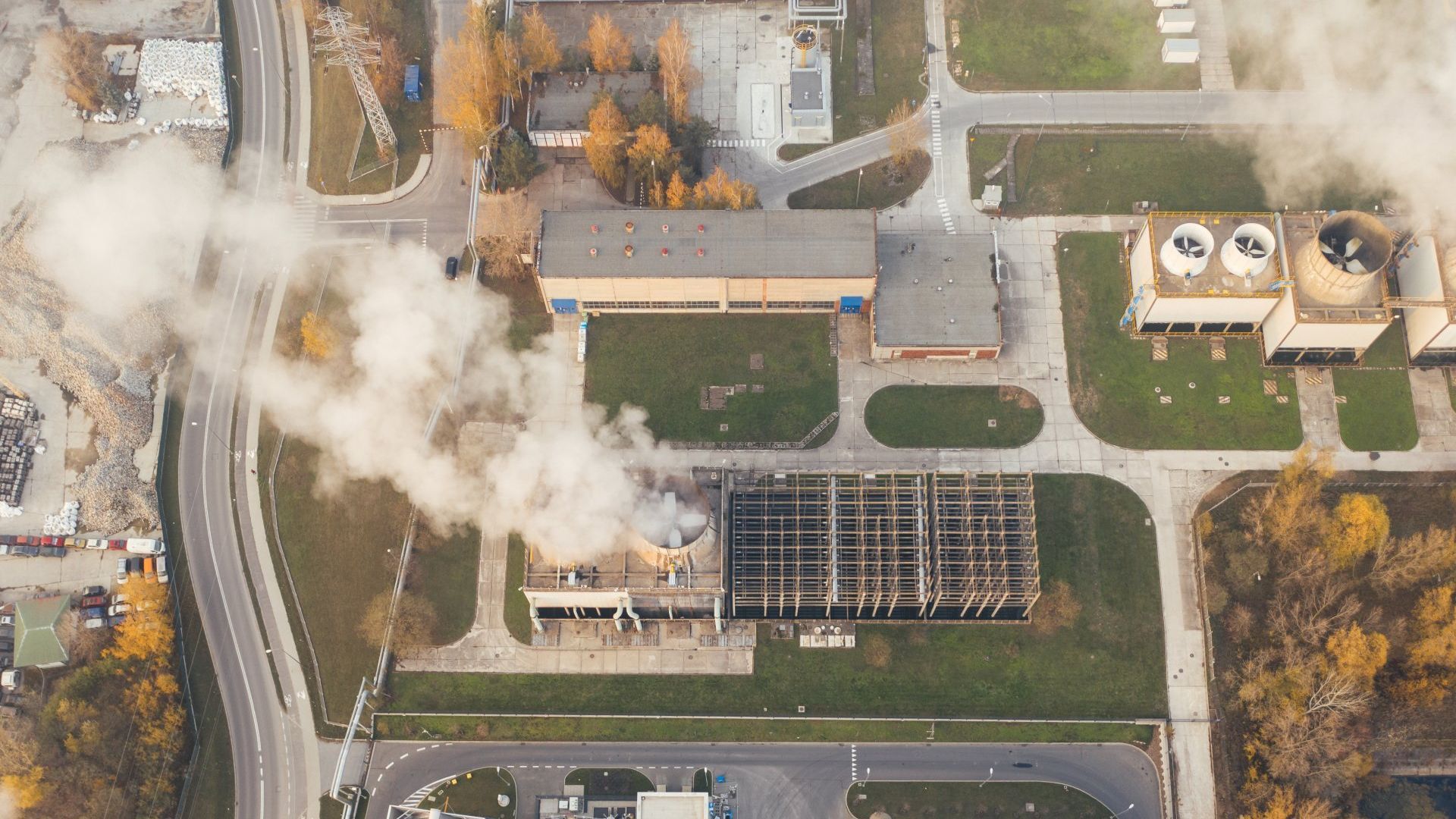
Excavation, often synonymous with digging, unearthing, removal, extraction, and dredging, refers to the systematic process of cutting into the ground to form a cavity or scoop out material, often with the objective of uncovering buried items. This process has both practical applications and cultural significance, and it has been transformed by modern innovations, though environmental concerns and historical implications are also pertinent.
Read more
Contact usPractical applications of excavation include construction and mining. In these industries, the process facilitates the removal of soil or rock to create space for infrastructures or extract valuable minerals. Cultural significance is attached to excavation in archaeology, where it aids in unearthing artifacts or structures of historical importance, providing insights into past civilizations and cultures.
Modern innovations have significantly improved the efficiency and precision of excavation. Technologies such as GPS and remote sensing have enabled more accurate locating of excavation sites, while machinery like hydraulic excavators and backhoes have increased the speed of the process.
However, excavation also raises environmental concerns. The removal of soil or rock can disrupt ecosystems, leading to habitat loss and soil erosion. It can also contribute to pollution if hazardous materials are unearthed.
The historical implications of excavation are profound. It allows us to uncover the past and gain a better understanding of human history. Despite the potential environmental impact, excavation is often seen as a necessary process for advancing our knowledge of the world's history and for enabling progress in industries like construction and mining.
Career Opportunities in Excavation

Balancing environmental considerations, the field of excavation still presents a myriad of career opportunities for individuals interested in archaeology, construction, and earth sciences. These opportunities are diverse, ranging from onsite roles such as excavation technicians and field directors to offsite positions like analysts and project managers.
Read more
Contact usThe job prospects in excavation are promising due to the industry demand for skilled professionals. The constant need for infrastructure development, archaeological research, and environmental impact assessments ensures a steady stream of work opportunities. The increasing importance of preserving historical and cultural heritage also adds to the demand for qualified professionals in the field.
There are various career paths in excavation. For instance, someone might start as a field technician, gaining hands-on experience in site preparation, digging, and artifact recovery. With further training and experience, they could advance to roles like site supervisor or project manager. Specialization in areas such as underwater archaeology or geoarchaeology can also open up new opportunities.
Training programs in excavation are essential for career advancement. They provide theoretical knowledge and practical skills that are crucial for performing the job efficiently and safely. Many of these programs include internships that offer real-world experience.
Salary expectations in the excavation field can vary widely, depending on the level of experience, area of specialization, and geographic location. However, with the right training and dedication, a career in excavation can be both financially rewarding and intellectually fulfilling. It offers the chance to uncover the past while contributing to the future, providing a unique blend of satisfaction that few other careers can match.
Excavation Training and Education

In order to excel in the field of excavation, comprehensive training and a solid educational background are crucial. Excavation, whether in archaeology, construction, or other fields, requires a deep understanding of the processes, techniques, and safety measures.
Read more
Contact usExcavation safety is paramount, as it ensures the protection of both the workers and the site being excavated. Training programs emphasize the importance of safety regulations, including the proper use of excavation tools and equipment. This ensures the prevention of accidents and injuries on the excavation site.
Speaking of excavation tools, their mastery is another pivotal aspect of training. From simple shovels to advanced heavy machinery, each tool has a specific function and method of operation. Knowing which tool to use and when is a skill that can only be honed through rigorous training and education.
Training programs also teach students a variety of excavation techniques. These techniques can vary depending on the nature of the site and the materials being excavated. For instance, the techniques used in archaeological excavations differ significantly from those employed in construction excavations.
Excavation in archaeology requires a delicate and methodical approach. It is not just about unearthing artifacts but also about preserving the integrity of the site and the objects found. As such, educational courses in archaeology often include specialized training in archaeological excavation.
Lastly, training and education in excavation open up a wide range of excavation career opportunities. Graduates can work in various sectors, including construction, mining, archaeology, and infrastructure development, among others. With the right training and education, a career in excavation can be both fulfilling and rewarding.
Digging Deeper Into Excavation
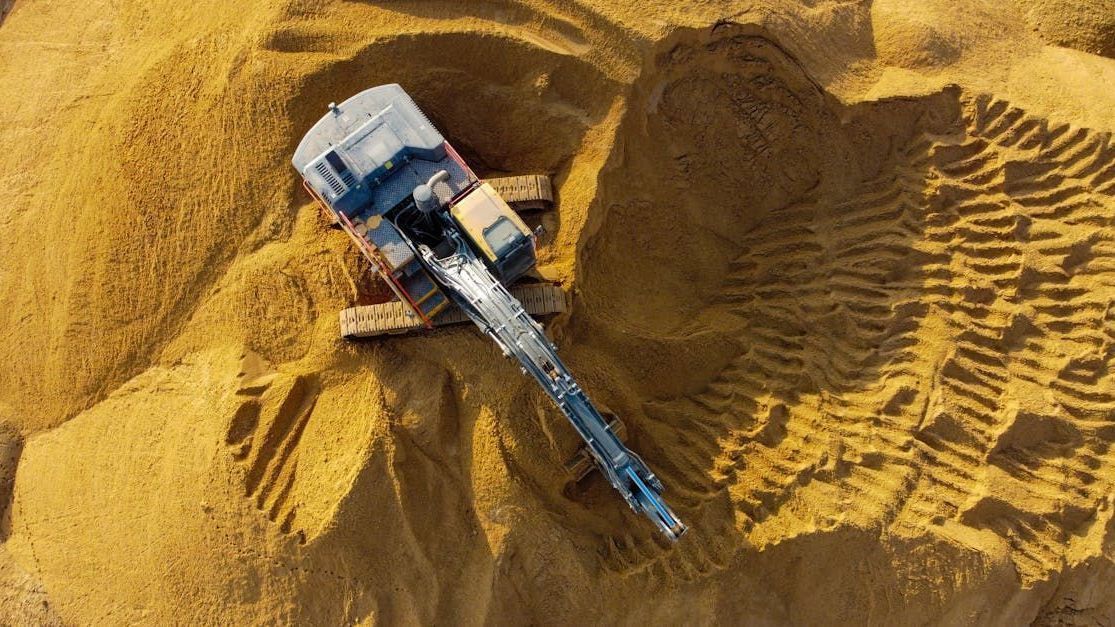
Delving into the complexities of excavation reveals a fascinating array of processes, techniques, and considerations that significantly contribute to diverse fields such as archaeology, construction, and mining. Different excavation methods are employed depending on the nature and objective of the task. For instance, in archaeological excavations, careful sifting and digging are performed using specific excavation tools such as trowels and brushes to uncover artifacts or remains without damaging them.
Read more
Contact usSafety precautions are paramount in any excavation works. These include the implementation of protective measures such as shoring to prevent soil collapse, wearing of appropriate personal protective equipment, and ensuring safe entry and exit points in the excavation site. These precautions safeguard the lives of workers and ensure the successful execution of the excavation process.
Environmental concerns are also an integral part of excavation considerations. Excavation projects must be planned and executed in a manner that minimises environmental disruption, including soil erosion, water contamination, and adverse effects on local wildlife. Therefore, sustainable practices and regulatory compliance are key aspects of excavation planning and implementation.
The archaeological significance of excavation cannot be understated. Through careful and planned excavation, archaeologists can uncover historical remains and artifacts that provide valuable insights into past civilizations and cultures. These findings not only enrich our understanding of human history but also contribute to the broader field of knowledge in anthropology, history, and sociology. Therefore, excavation plays a crucial role in uncovering and preserving our shared human heritage.
Excavation Vs. Trenching

While both excavation and trenching are essential techniques in construction and archaeology, they differ in several fundamental aspects such as purpose, methodology, and safety considerations.
Read more
Contact usExcavation is a process that involves removing earth, rock, or other materials from a site. It is primarily used to uncover artifacts or structures in archaeology, or to prepare a site for construction. Excavation safety is paramount in these projects, as the removal of soil and rock can potentially lead to cave-ins or other hazards. Therefore, the use of appropriate excavation equipment is vital in ensuring the safety of workers and the integrity of the work site.
On the other hand, trenching is a more specific form of excavation that involves creating a narrow, deep depression in the ground. Trenching regulations are more stringent due to the increased risk of cave-ins and other hazards, and they are typically used in tasks such as laying pipes or cables.
The distinction between trenching vs. excavation is primarily in the depth and width of the hole or depression created. While both methods involve digging and removing materials, excavation can be broader and shallower, while trenching is typically deeper and narrower.
Excavation Case Studies

Having established the differences between excavation and trenching, we can now turn our attention to specific case studies that exemplify the practical applications and potential challenges of excavation.
Read more
Contact usOne such case study involves the excavation of the ancient city of Pompeii. This excavation presented numerous challenges, such as the preservation of fragile structures and artifacts. Despite these hurdles, archaeologists adopted best practices, which included careful documentation, use of non-invasive tools, and collaboration with local authorities. The excavation impact was immense, revealing a wealth of information about Roman life, thus contributing significantly to historical knowledge.
In contrast, the Channel Tunnel project between the UK and France demonstrated how excavation innovations can solve complex engineering problems. The engineers faced the challenge of excavating under the seabed without causing it to collapse. Innovative solutions, such as the use of Tunnel Boring Machines (TBMs) and ground-freezing techniques, were employed. The success of this project emphasized the importance of embracing new technologies and methodologies in excavation.
Lastly, the excavation of the High-Speed 2 (HS2) rail line in the UK presents a case study of how large-scale excavations can impact communities. Despite the challenges of disruption and environmental concerns, the excavation practices were conducted adhering to stringent regulations and best practices. This included minimization of noise and dust, careful disposal of excavated material, and constant communication with local communities.
These excavation case studies illustrate the diverse range of challenges, impacts, and innovations associated with excavation, highlighting the importance of planning, adaptability, and adherence to best practices.
Advances in Excavation Technology
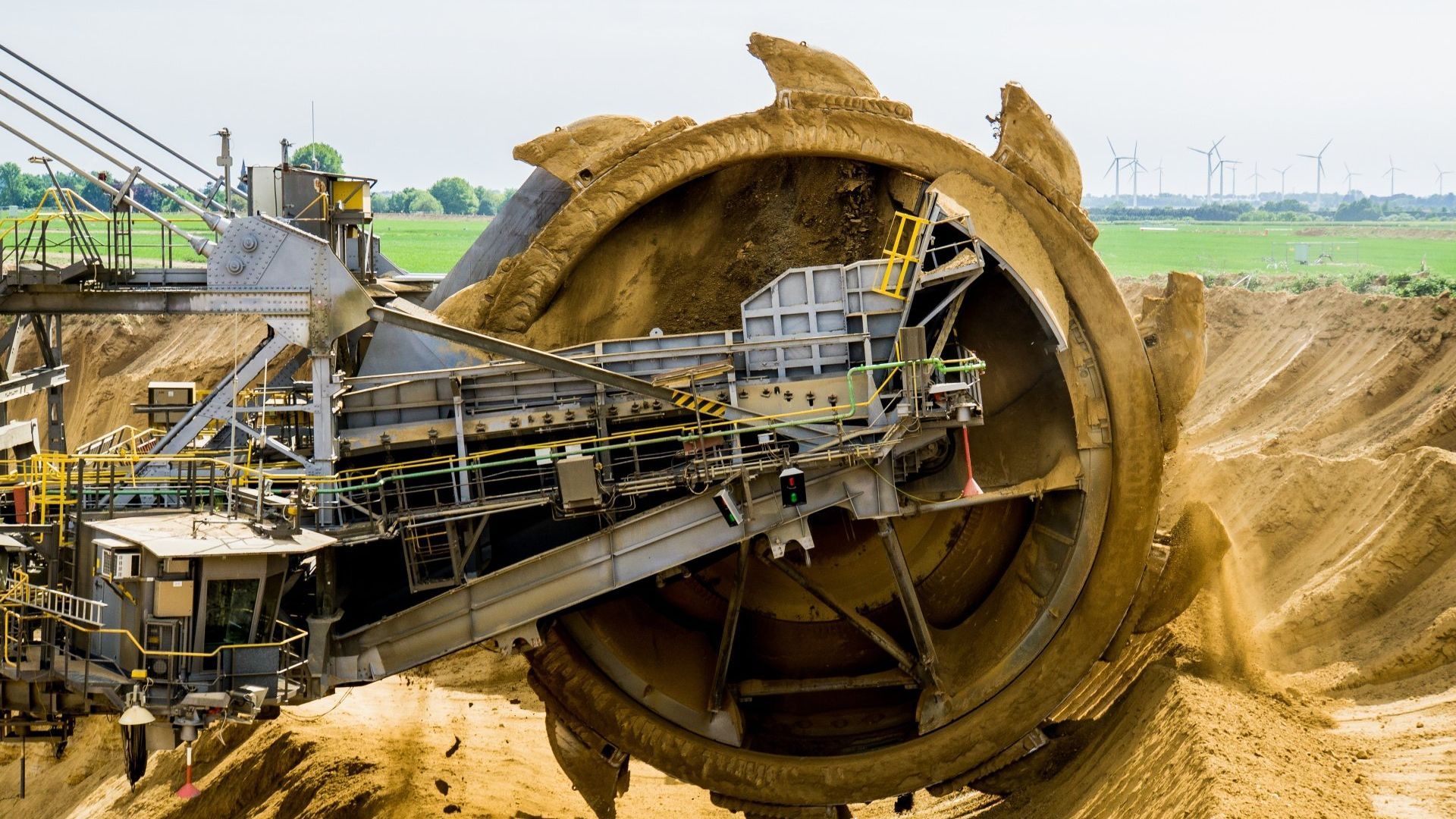
As we transition into the era of technological advancements, it's essential to note the significant strides made in the field of excavation, particularly in the tools and methodologies employed.
Read more
Contact usOne of the game-changers in excavation technology is the utilization of excavation drones. These unmanned aerial vehicles provide a bird's-eye view of the excavation site, identifying potential obstacles and facilitating accurate mapping. The data collected by drones also aids in creating comprehensive digital models of excavation sites, enhancing our understanding of the landscape and its archaeological potential.
A significant leap forward has also been made with virtual reality excavation. This innovative technology allows archaeologists to virtually recreate an excavation site, facilitating a more immersive and comprehensive exploration of the area, and enabling them to make more precise determinations before the actual digging begins.
The field of excavation has not been limited to land alone. With the advent of excavation underwater, archaeologists can now explore sunken ships, submerged cities, and other underwater sites with unprecedented accuracy and safety. This is made possible through advanced diving gear, remote-operated vehicles, and sonar technology.
The introduction of robotic excavation tools has further revolutionized the field. These tools, guided by precise algorithms, can perform excavation tasks with remarkable precision, speed, and safety, minimizing the potential for human error.
Lastly, the focus on sustainable excavation practices reflects the growing awareness of the need to preserve our cultural heritage while minimizing environmental impact. This involves using eco-friendly equipment, employing practices that reduce soil erosion, and ensuring proper waste disposal.
Future of Excavation
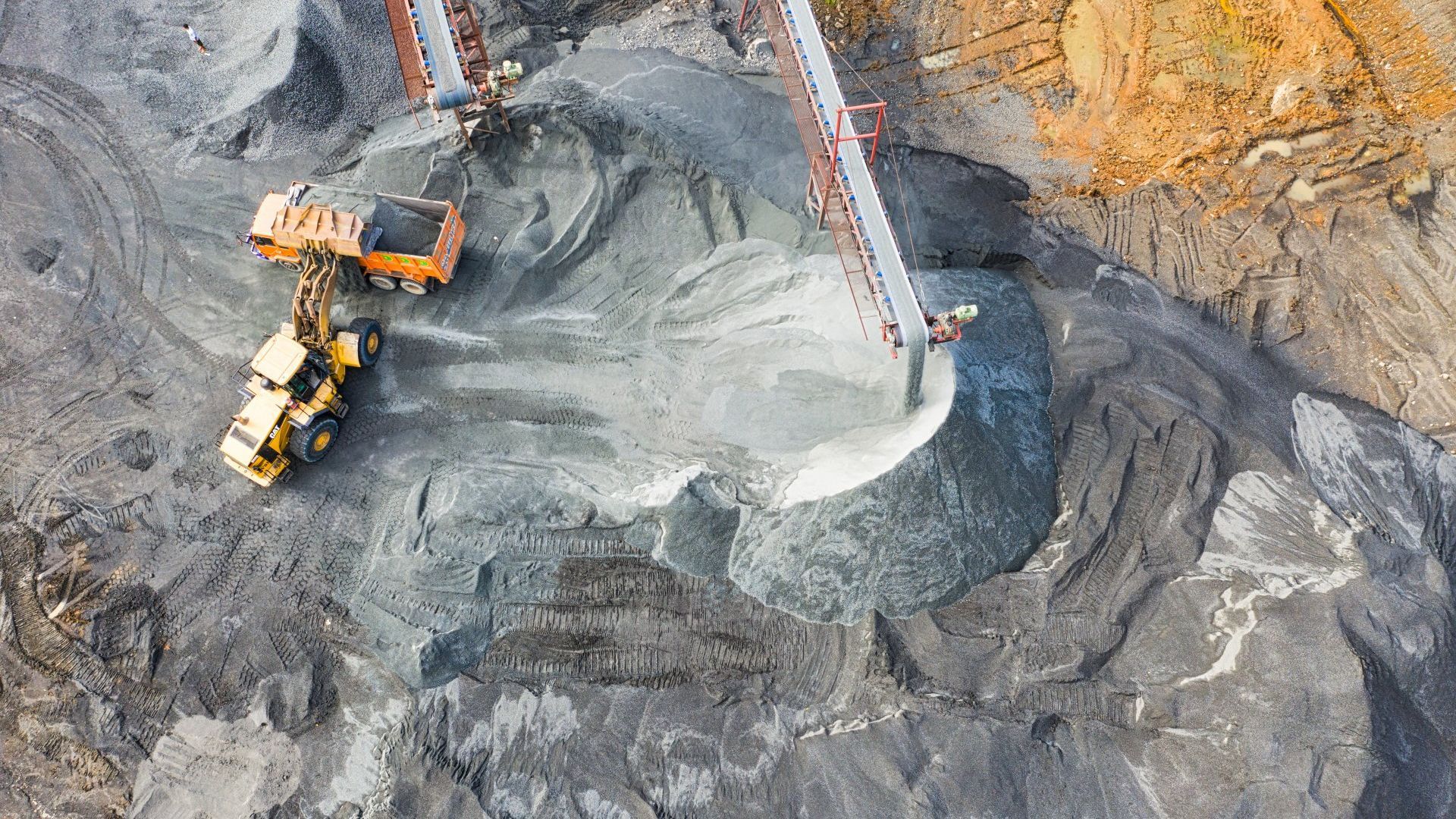
Building on these recent advances, the future of excavation holds promising prospects, marked by further technological innovations and improved methodologies. One of the most significant developments likely to shape the future of this field is robotic excavation advancements. The advent of robotics has revolutionized excavation by increasing efficiency, minimizing human interference, and providing precision in digging. Advanced robots, capable of operating in diverse environments and conditions, are expected to play a crucial role in excavation projects of the future.
Read more
Contact usSustainable excavation practices are another key aspect of the future of excavation. With increasing global attention towards environmental conservation, sustainable methods are anticipated to be more widely adopted. These practices include minimizing waste generation, using renewable energy sources, and making the best use of extracted resources while preserving the environment.
Excavation in space exploration is also a burgeoning field. As space agencies around the world continue their quest for interplanetary exploration, excavation will play a crucial role in the search for water, minerals, and possible signs of life.
With the rise of virtual reality technology, virtual reality excavation simulations are also expected to gain traction. These simulations allow for the planning and testing of excavation scenarios, providing valuable insights before the actual excavation begins, thereby minimizing potential risks.
Lastly, excavation drones usage is another trend to watch in the near future. Drones can provide aerial perspective for site mapping, identify potential excavation sites, and monitor ongoing projects, thus enhancing the efficiency and safety of excavation practices. As drone technology continues to evolve, their role in excavation projects is only set to increase.
Excavation in Popular Culture

In the realm of popular culture, excavation often serves as a central theme in various forms of media, including films, novels, and video games, showcasing the intrigue and fascination associated with unearthing the past. This is not only a testament to our inherent curiosity about our history but also a reflection of the vital role that excavation plays in our understanding of human civilization.
Read more
Contact usExcavation in movies is often portrayed as a thrilling adventure. Films such as 'Indiana Jones' and 'The Mummy' involve archaeologists undertaking perilous excavations, unearthing ancient artifacts and civilizations, and battling nefarious forces. These narratives underscore the potential dangers and rewards of excavation, and how it can unlock secrets of the past.
Similarly, excavation in literature is a prevalent motif, particularly in mystery or historical novels. The extraction of hidden truths, whether metaphorical or literal, serves as a narrative device, adding layers of complexity and intrigue.
Excavation in music and art is more abstract but no less significant. Musicians and artists often dig deep into their emotions and experiences, excavating their inner selves to create meaningful and resonant works. The concept of excavation is used metaphorically, signifying the creative process of bringing buried feelings and ideas to the surface.
Excavation: A Summary

Excavation, a fundamental aspect of archaeology, involves the systematic process of digging, unearthing, and extracting materials from the earth to uncover buried artifacts, structures, and other cultural remnants. This intricate task is not carried out haphazardly, but rather with meticulous attention to detail and with preservation in mind.
Read more
Contact usA crucial aspect of any excavation is safety. Excavation safety precautions are paramount in preventing accidents or damage. These precautions may include wearing protective gear, using appropriate tools, and adhering to specified procedures.
The efficiency of an excavation largely depends on the tools employed. Excavation tools explained range from simple hand tools such as trowels and brushes to more complex machinery like backhoes and earth movers. The selection of tools depends on the nature and scale of the excavation.
Site preservation is another significant factor in excavation. After an excavation, the site requires careful management to protect and conserve the unearthed items. Excavation site preservation involves techniques such as the use of protective structures, controlled access, and regular monitoring.
Excavation plays an indispensable role in research. Through the extraction and analysis of artifacts and structures, excavation provides researchers with invaluable insights into past civilizations. The excavation importance in research extends from archaeology to numerous other fields such as anthropology, history, and geology.
Lastly, it's essential to note the potential excavation impact on the environment. While excavation can lead to significant discoveries, it can also disrupt ecosystems and landscapes. Therefore, environmental considerations must be factored into excavation planning and execution.
Conclusion

Excavation is a multidisciplinary practice that involves unearthing relics and geological specimens to reveal hidden truths and forgotten histories. It plays a vital role in fields such as archaeology, construction, and geology, with ongoing technological advancements enhancing the precision and efficiency of the process.
Read more
Contact usAs a symbol of discovery and enlightenment, excavation serves as both a literal and figurative dig into the depths of knowledge. Its evolution holds the promise of shedding even more light on our past, thereby shaping the future trajectory of various disciplines and influencing popular culture.Modern innovations have significantly improved the efficiency and precision of excavation. Technologies such as GPS and remote sensing have enabled more accurate locating of excavation sites, while machinery like hydraulic excavators and backhoes have increased the speed of the process.
However, excavation also raises environmental concerns. The removal of soil or rock can disrupt ecosystems, leading to habitat loss and soil erosion. It can also contribute to pollution if hazardous materials are unearthed.
The historical implications of excavation are profound. It allows us to uncover the past and gain a better understanding of human history. Despite the potential environmental impact, excavation is often seen as a necessary process for advancing our knowledge of the world's history and for enabling progress in industries like construction and mining.
Frequently Asked Questions
What Are Some Common Misconceptions About Excavation?
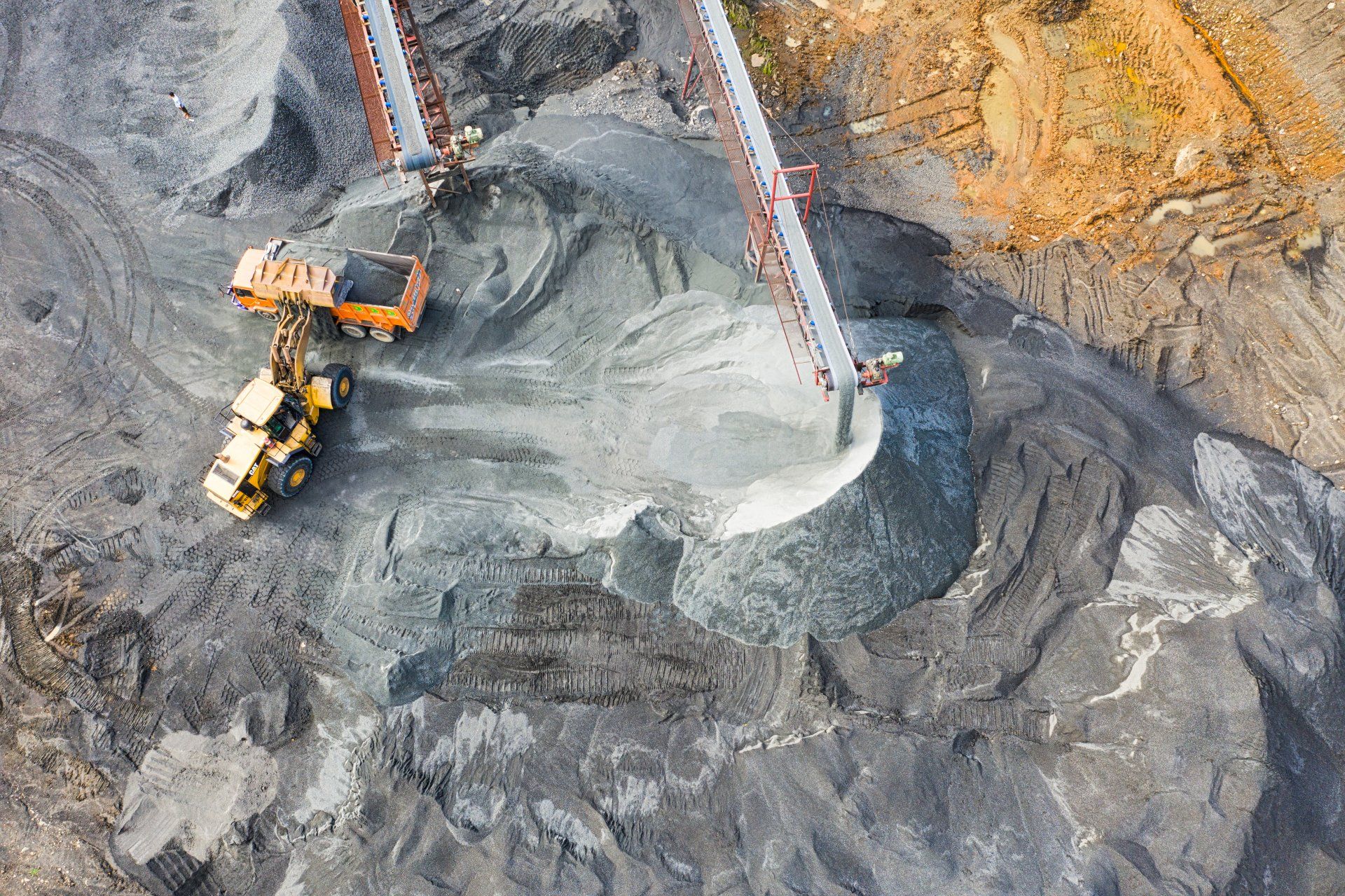 Button
ButtonCommon misconceptions about excavation include the belief that it's always dangerous, ignores archaeological implications, and disregards ethics. In reality, equipment advancements and historical discoveries often prioritize safety and respect for cultural heritage.
Are There Any Notable Women or Minorities in the Field of Excavation?
 Button
ButtonCertainly, the field of excavation boasts numerous accomplished women and minorities. Such individuals include female pioneers in excavation and successful minority excavators who've significantly contributed to the diversity and richness in archaeology.
How Does the Weather or Climate Impact the Process of Excavation?
 Button
ButtonClimate challenges significantly impact excavation processes. Weather related delays can hinder progress, necessitating seasonal excavations. However, application of weather proof techniques and climate adaptation strategies can mitigate these issues, ensuring the continuation of excavation work.
Can You Provide Some Examples of How Excavation Has Influenced Popular Literature or Cinema?
 Button
ButtonArchaeological inspirations in literature and cinema, such as "Indiana Jones" or "The Da Vinci Code", often involve fictional excavations. These works utilize excavation symbolism to reveal secrets, adding intrigue and depth to the narrative.
What Are Some Unconventional Uses or Applications of Excavation That Are Not Commonly Known?
 Button
ButtonUnconventional uses of excavation technology include environmental restoration, such as digging to remove pollution. Furthermore, archaeological excavation can aid in historical research, all while maintaining excavation safety and utilizing specialized excavation equipment.
